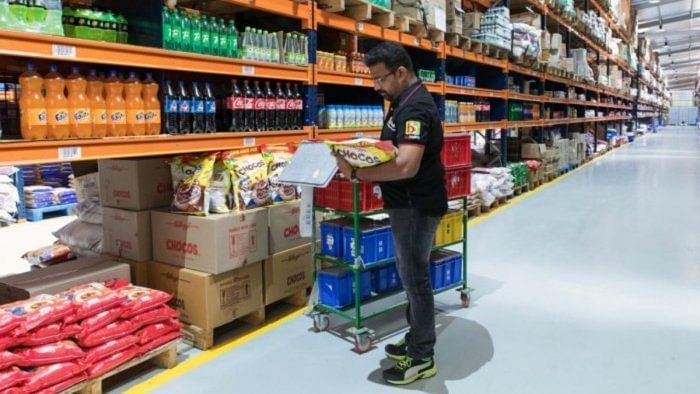
The Consumer Affairs Ministry has proposed printing the percentage of two or more major constituents used in a commodity visibly on the front side of the packaging for the benefit of consumers, and sought comments from the stakeholders by month-end.
This comes as the ministry has observed that many manufacturers, packers and importers are not making important declarations prominently on the front side of the package, which is necessary in the interest of consumers and also violate their consumer right of "Right to be informed".
"The declaration of unique selling point/unique selling proposition (USP) of the product on the front side of the package without its percentage of composition is against the consumer rights," the ministry said on its website.
In the interest of consumers, the ministry has proposed amendment to the Legal Metrology (Packaged Commodities) Rules, 2011 to include the following sub-rule.
In case a commodity contains more than one constituent, "the front side of the package should have a declaration of two or more prime constituents of the commodity with the brand name and logo," it said.
The declaration of two or more prime constituents should contain the percentage/quantity of unique selling point / unique selling proposition (USP) of the product and in the same font size in which the declaration of unique selling point / unique selling proposition (USP) is made, the ministry said.
This sub-rule is not applicable for mechanical or electrical commodities.
Explaining further, a senior ministry official said, "If a brand sells aloe vera moisturiser or almond milk/biscuit, then the maximum percentage of content used in making of that product should be aloe vera and almond, If it is not, then the product name is misleading and misrepresenting."
Many blended food and cosmetic products are sold in the market without mentioning the percentage of key constituents on the packaging. Consumers assume the claims made by the brands to be correct, but such claims are mostly misleading, the official said.
Currently, manufacturers list only the ingredients and nutritional information on the back side of the packaging.